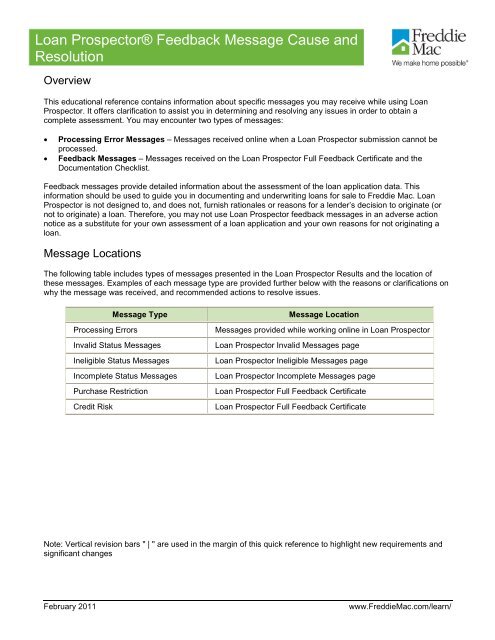
- #Freddie mac business for self income anyalist form full
- #Freddie mac business for self income anyalist form verification
- #Freddie mac business for self income anyalist form mac
The most recent reading of the S&P CoreLogic Case-Shiller 20-city price index posted an 11.1% yearly gain in January, in part as households cramped by remote work have competed for larger homes outside of big cities. housing market has been a bright spot for the economy, despite a still battered labor market and roughly 2.6 million homeowners in forbearance. Read: Door is shut to millions of American homeowners in need of mortgage relief as pandemic enters Year 2 Delinquency triggers Relief to borrowers with Wall Street-financed loans has been spottier. Importantly, those homeowners also can qualify for federal pandemic mortgage-relief programs. Have climbed about 1% from their one-year lows.
#Freddie mac business for self income anyalist form full
Or Ginnie Mae require full documentation, and come with lower returns for bondholders, but also government guarantees.īorrowers eligible for conventional 30-year mortgages can still fetch rates as low as 3.17%, even as longer-dated Treasury yields
#Freddie mac business for self income anyalist form mac
mortgages financed through housing giants Freddie Mac

That also can mean higher returns for mortgage bond investors in the roughly $33.6 billion sector.
#Freddie mac business for self income anyalist form verification
Loans that included a verification of income form, or ( WVOI), typically from an employer, have performed the best.Ĭhen pointed out that lenders generally charged higher 6% to 7% rates of interest on non-QM home loans to help offset the higher default risks of borrowers. Worst performers are bank statement loans “Some are self-employed borrowers who can’t provide full documentation,” Chen said, referring to the standard two years of W2s and tax returns often required for a conventional mortgage, as well as other proof of income, assets and debts. “It’s like a jungle,” said Caroline Chen, a senior research analyst at Income Research + Management in Boston, about the hodgepodge of loan types and borrowers in the non-QM group. But instead of an imploding housing market, many borrowers now face the economic strain of the pandemic. Therein lies the hitch of the non-QM borrower, someone with good credit akin to Wall Street’s “Alt-A” category, before standards collapsed in the run-up to the 2008 global financial crisis. “Investor loans struggle because so many tenants aren’t paying rent,” he said of another key area of stress. “You really have self-employed borrowers struggling from day one,” said Vadim Verkhoglyad, an analyst at dv01, of the pandemic setting off a deluge of late payments and loan modifications. home loans past due or in COVID-19 forbearance programs fell below 5% at the end of March. While that’s below a peak of 19.2% last June, the overall rate of U.S.

The non-QM rate of impairment hit 11.1% in February, the most recent data available for the sector, which was a 40-basis-point increase from a month prior, according to dv01, a platform that tracks consumer debt. But after a year of the pandemic, the small but important corner of housing finance referred to as the “non-qualified mortgage” (non-QM) segment has impairments that remain stubbornly high when compared with the rest of the U.S.


 0 kommentar(er)
0 kommentar(er)
